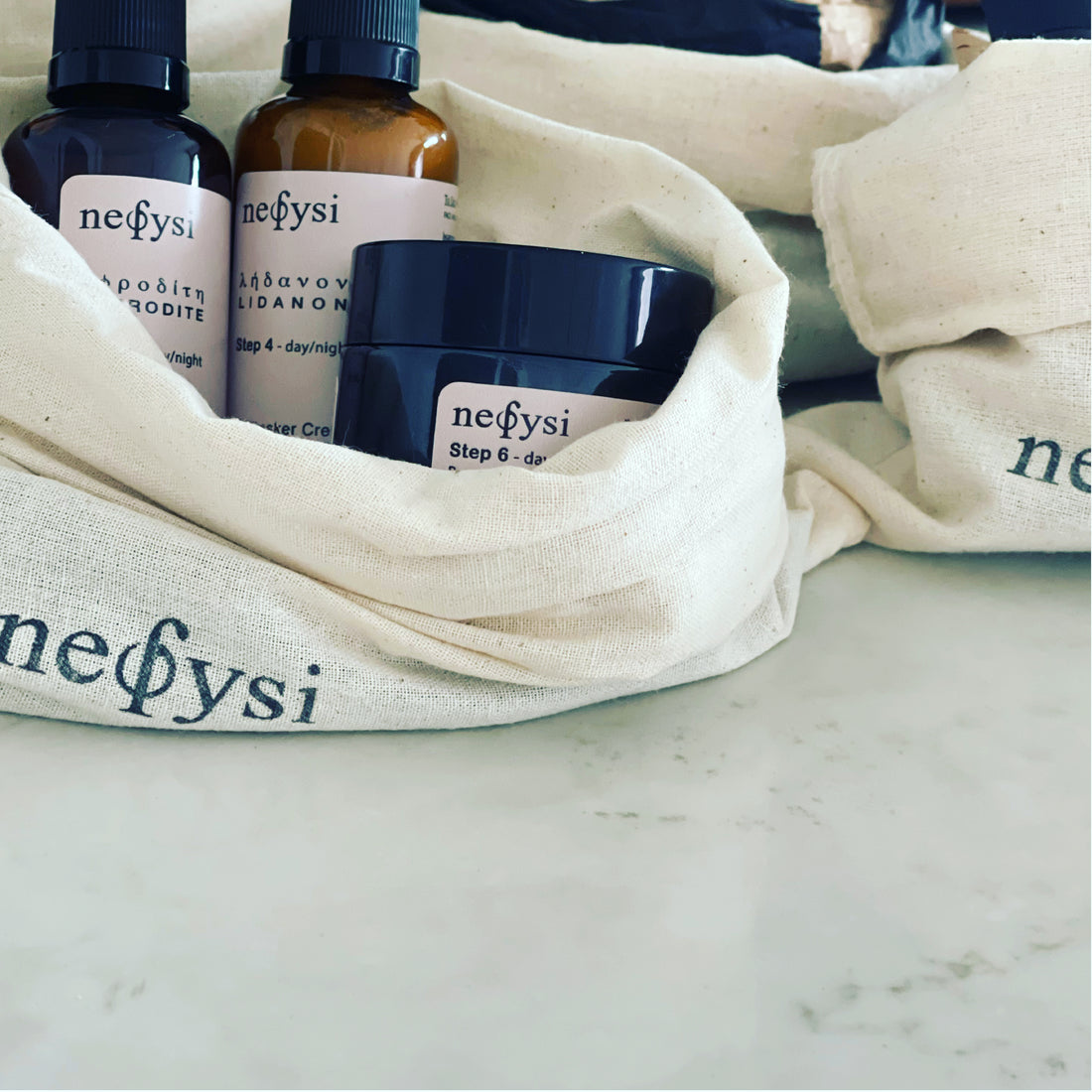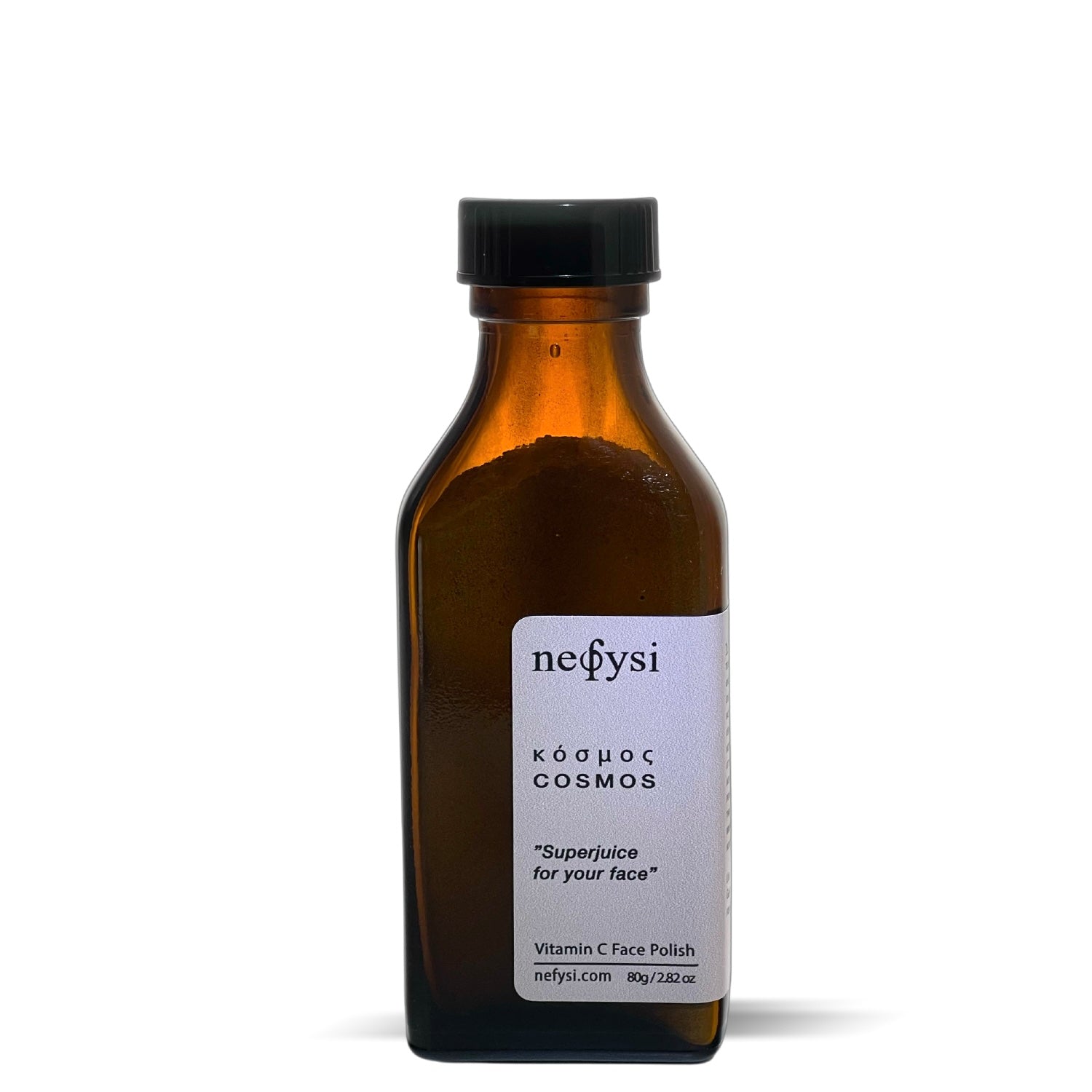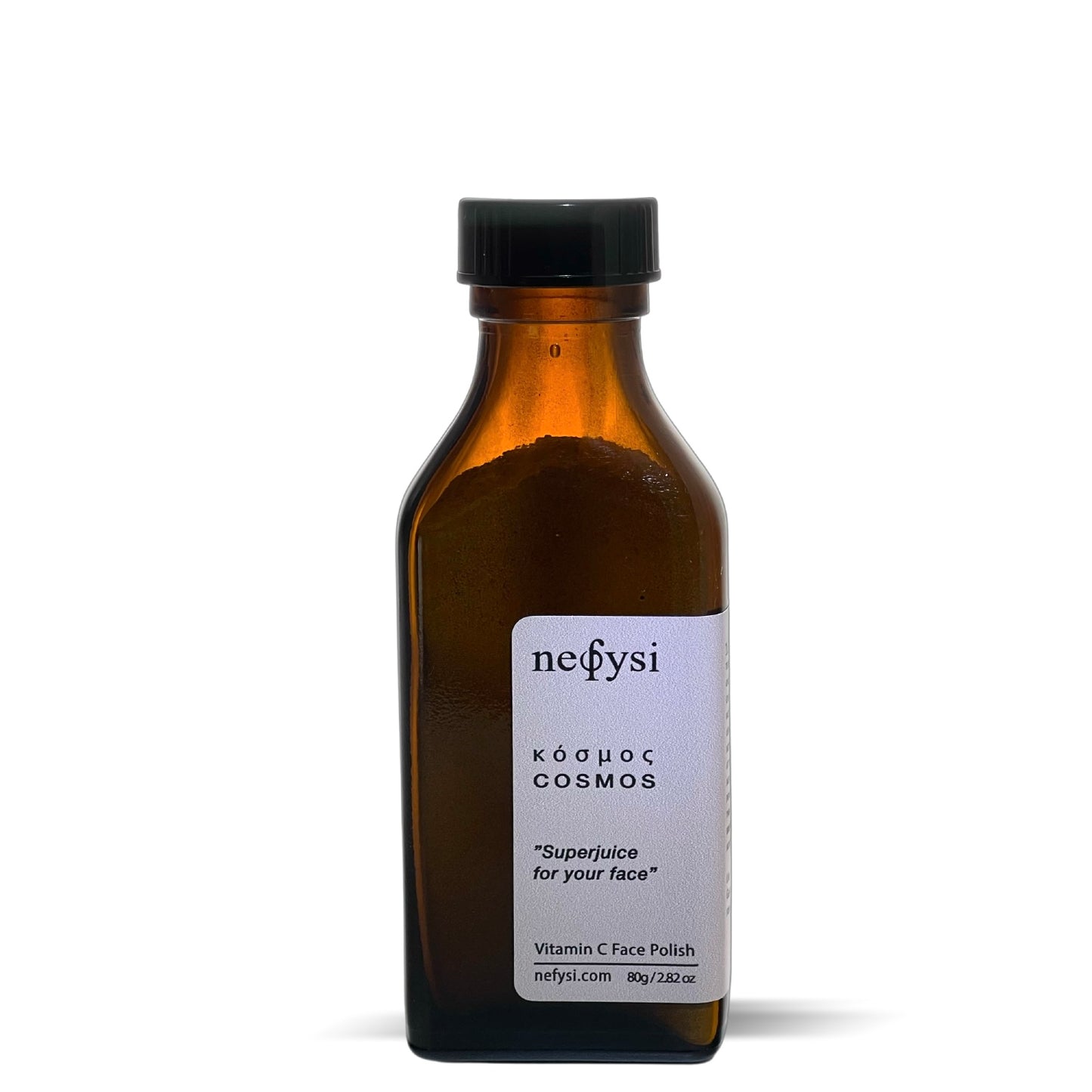The access we have to information right now is unprecedented. The information and promises made when it comes to what you are using on your skin can be misleading and confusing. How do you navigate this plethora of information to find the truth?
It starts with managing your own expectations. Do you see a clever marketing campaign that promises that a serum will diminish all signs of ageing resulting in you looking 20 years younger? Is a product “developed” by a doctor to add credit to that claim? We all WANT to believe it is possible so we buy into this clever marketing even though we KNOW that it’s not true.
You need to be realistic with your expectations. If the promises made are too good to be true, they usually are. Skincare can make a HUGE difference to the health of your skin but you need know how to read the labels and understand what and how much of a particular ingredient can contribute to making a difference to the skin concern YOU have. You also need to commit to using a product consistently and be aware of other factors that impact your skin such as sun (exposing your skin consistently to the sun without covering up or using sunscreen), staying hydrated, stress, smoking, etc.
Skincare Labels
Does a skincare brand claim amazing ingredients on the label? How much of these actual ingredient does the formula contain? Enough to deliver the results you covet?
It is important now more than ever to learn how to read labels. Ingredient lists can be hard to decipher, but you don’t need a scientific background to figure it out. Use our tips below to help you make an informed purchase next time you shop for skincare.
Ingredients are generally listed by their INCI name (International Nomenclature of Cosmetic Ingredients) followed by their common name in brackets. Ingredients are listed in descending order from greatest amount to the least amount. The exception to this is ingredients amounting to a concentration of less than 1%, which can be listed in any order.
Potential allergens present from natural oils and fragrances are listed at the end of an INCI list and are usually marked with an asterisk.
Often used in marketing, key or active ingredients are sometimes listed as part of the product title or as a separate list on a website to only highlight the clean, beneficial ingredients. E.g. “Oil Serum with Organic Cacay Oil”. It’s important to read the entire list of ingredients to ensure you are happy with the product overall, and also find out where the key or active ingredient sits within the list. A product may contain organic cacay, but how much is included will impact how much of an effect it will actually have on the skin. Is the organic cacay towards the bottom of the list? If so, there is very little of it in the formula so look for the ingredient you want to be closer to the beginning of the list, not near the end. This works the other way around too. If an ingredient that doesn't agree with your skin is listed within the first three or four ingredients, opt for another product.
It is also important to check how many natural, organic or wildcrafted ingredients the product contains. Is the bulk of the list chemicals that are known to cause sensitivity, irritation, redness or other skin problems?
Also, given the first couple of ingredients generally make up the majority of the total volume of your product, for water based formula’s, more often than not, water is first. That’s not necessarily a bad thing but if the product contains 30 or so ingredients, it means most of them are in minute quantities the further down the list you travel - is there actually enough of the actives marketed on the label to really make a difference to your skin?
Did you know Nefysi uses Aloe Vera Leaf Juice, Organice Rose Hydrolat, Organic Cistus Hydrolat or Wildcrafted mountain tea extract made by us from Mt Olympus as a first ingredient and not water or Aqua which means the entire base of all Nefysi water based skincare remedies contain healing, soothing and calming ingredients?
As a consumer, it’s important to do your own research regarding ingredients to determine what you are happy to use on your skin and that of your family. Some helpful resources to search for information regarding the safety and benefits of ingredients are:
https://nefysi.com/pages/cosmos-ingredients-descriptions - Nefysi’s full list of ingredients used, their country or origin, description and benefits.
Thanks for reading and please feel free to get in touch if you have specific questions or concerns by sending an email to hello@nefysi.com.
Written by Helen, Engineer and Founder of Nefysi Skincare xx



